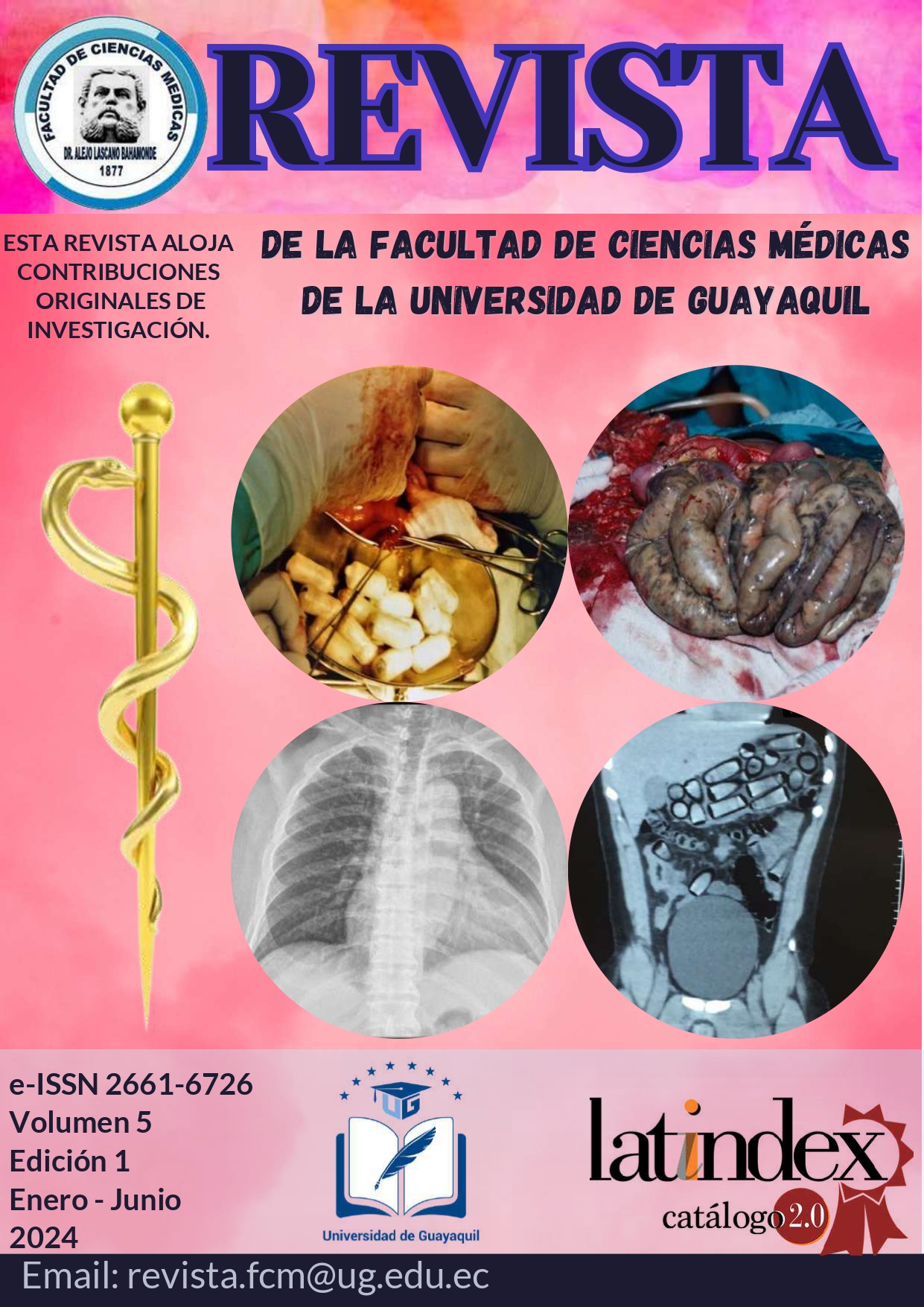Percutaneous Surgery
Letter to the editor
Abstract
The 20th century began with the discovery and rapid dissemination of X-rays. In 1953, Dr. Seldinger described non-surgical access to any vascular territory, enabling most percutaneous techniques performed today. The slow evolution in imaging predisposed the slow evolution of percutaneous surgery until 1970. Pedersen described the use of ultrasound to drain a renal abscess in 1973. It was the advent of tomography that revolutionized this procedure. Percutaneous surgery involves diagnostic or therapeutic procedures with minimal access, guided by imaging methods such as tomography, ultrasound, or fluoroscopy. Thus, percutaneous surgery can be used as diagnostic procedures where the pathology in the patient is identified, but no other action is taken. Its usefulness lies in recognizing the pathology, which will determine the therapeutic course to follow. It can also be used as therapeutic procedures, where, in addition to reaching a diagnosis, some form of temporary or definitive therapy is always carried out during the process.





